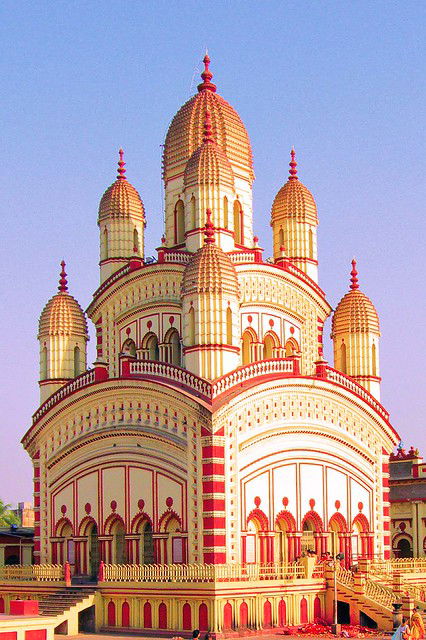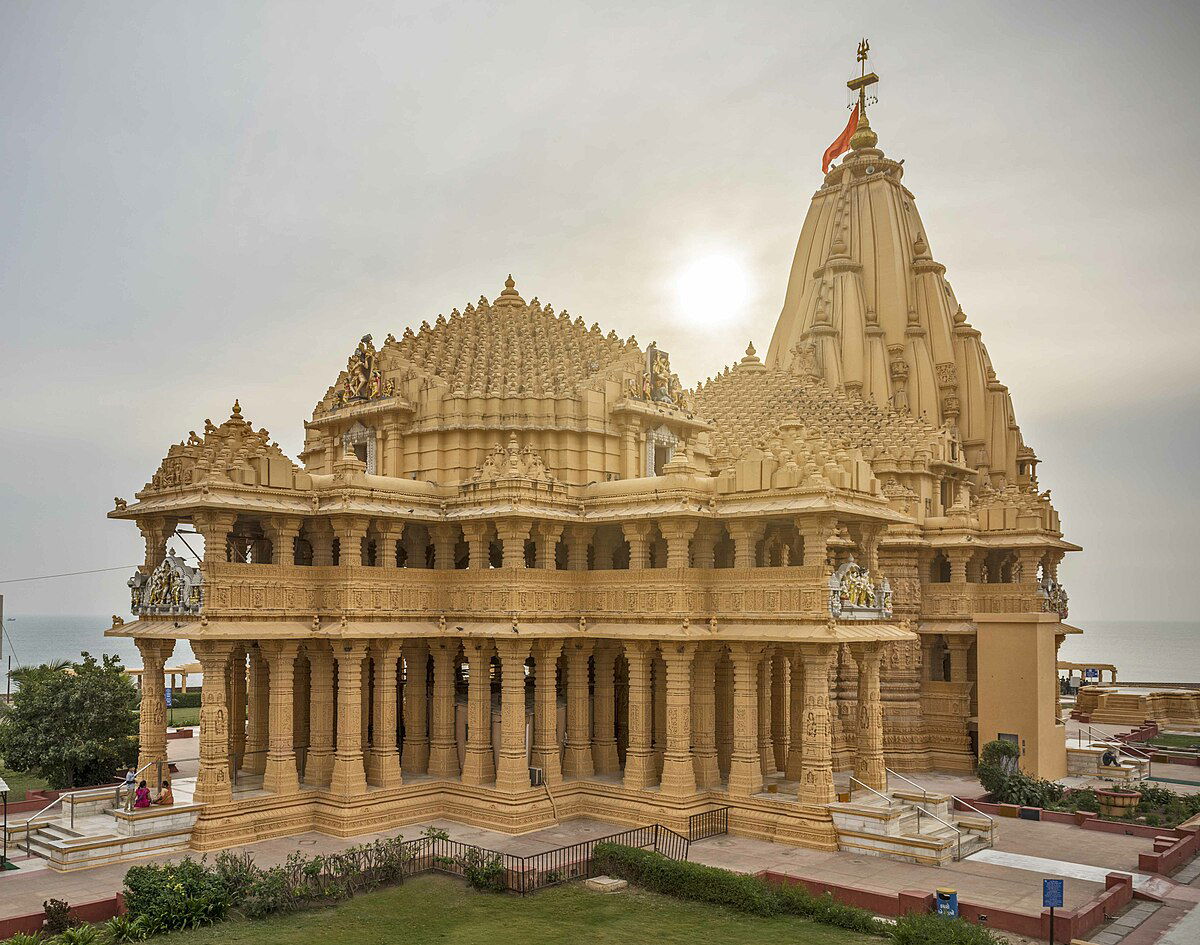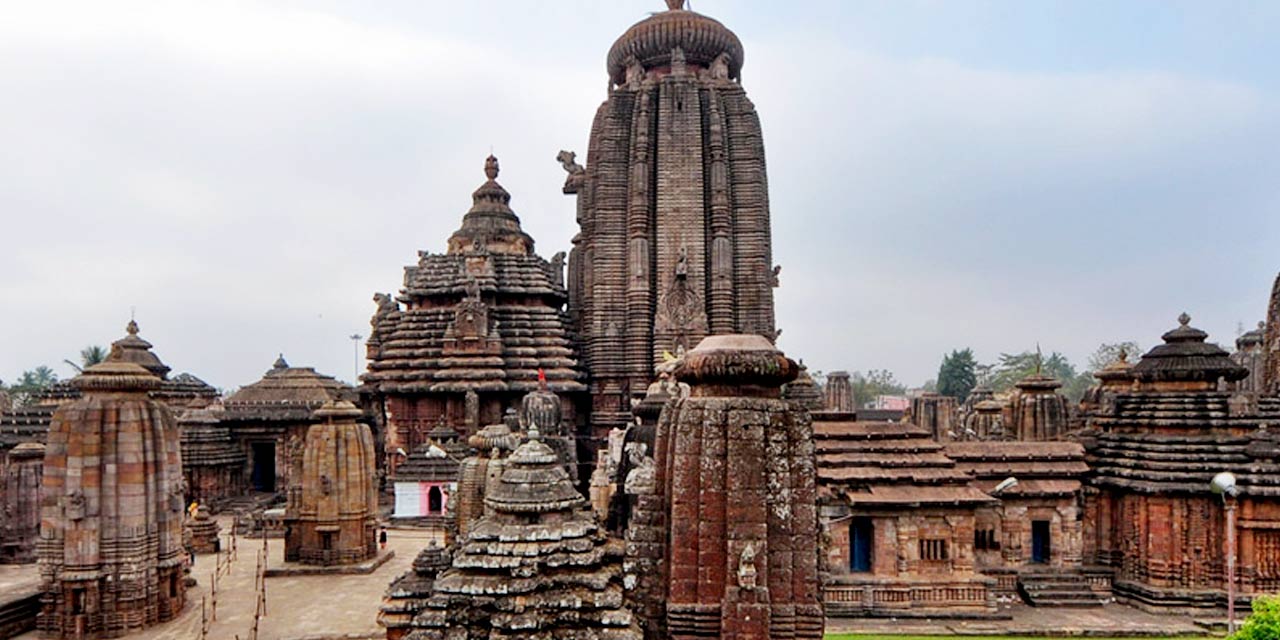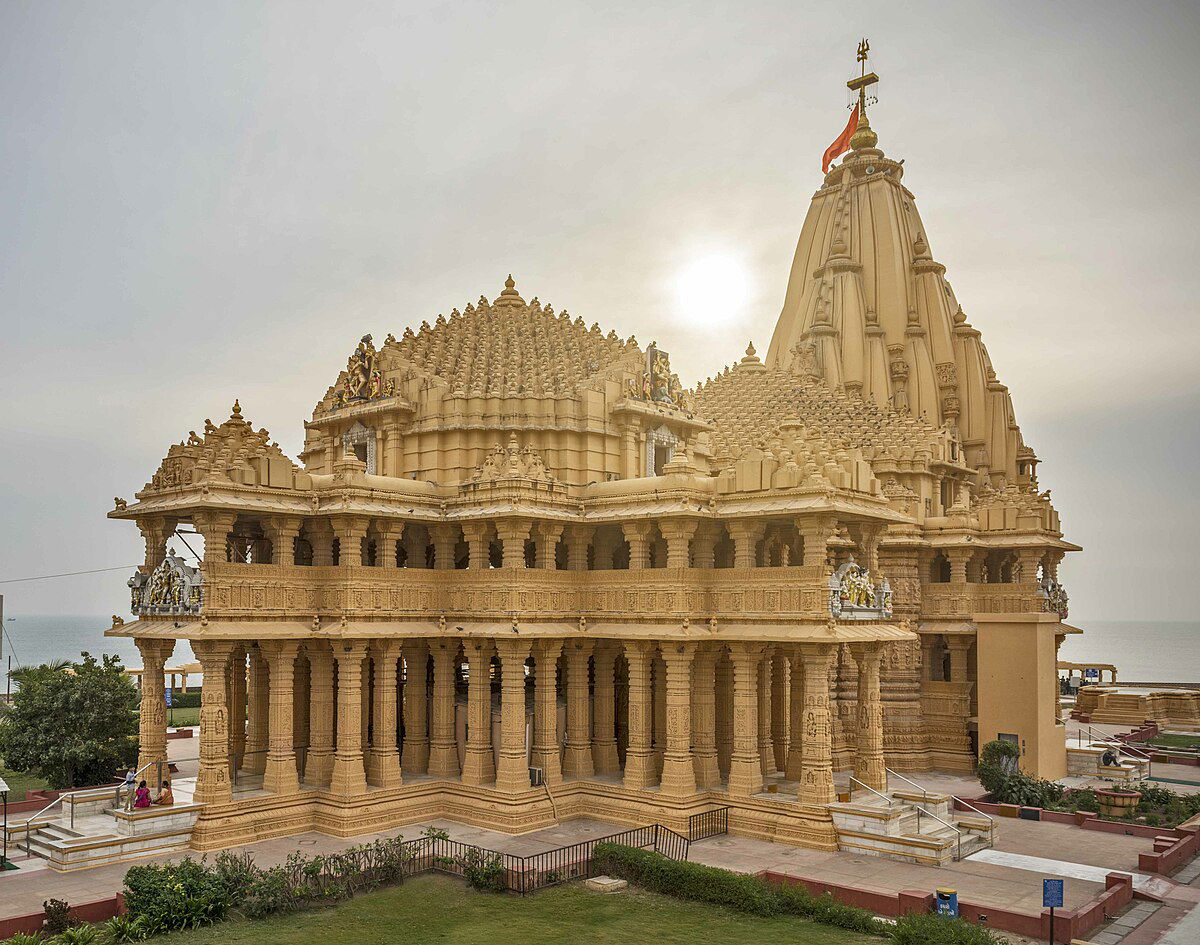
Durga Puja in West Bengal is not just a festival; it is an emotion woven into the cultural fabric of the state. During these days, every street turns into an art gallery, and every neighborhood radiates devotion and creativity. Yet, among all the pandals and local celebrations, one spiritual landmark stands tall and unmissable: the Dakshinswar Kali Temple. Visiting this temple during Durga Puja offers an experience that blends history, spirituality, and the vibrant festive spirit of Bengal. For devotees and travelers alike, it becomes more than a temple visit—it transforms into a soulful journey.The charm of Durga Puja is usually associated with community celebrations and intricate idols of Goddess Durga, but at Dakshineswar, the focus shifts to something deeper. Here, you are reminded of the timeless connection between the Goddess and her devotees. The temple’s grand architecture, serene surroundings along the Hooghly River, and the spiritual energy it radiates make it a sacred destination. Many families plan their pilgrimages in such a way that they coincide with this festive season, allowing them to feel the rhythm of Bengal while staying anchored to tradition. It’s here, in the temple’s peaceful courtyards, that the Dakshinswar Kali Temple becomes a beacon of both devotion and cultural pride.A Spiritual Hub in the Midst of Celebration
What makes this temple visit special during Durga Puja is the way rituals align with festivity. While the city celebrates Goddess Durga in her warrior form, Dakshineswar honors her eternal presence as Kali. The contrast enriches the experience, making you feel like you’re walking between two dimensions of the same divine power. The chanting of hymns, the fragrance of incense, and the crowds offering flowers create an atmosphere that is both overwhelming and grounding at the same time.
Interestingly, many visitors also combine this trip with journeys to other spiritual destinations. For example, families who have been on a Badrinath temple tour often find visiting Dakshineswar equally meaningful, as it allows them to connect the northern Himalayan pilgrimage with the eastern banks of the Hooghly. This blend of traditions, spanning different parts of India, highlights how spirituality unites devotees beyond geography.Why Durga Puja Enhances the Experience
Durga Puja at Dakshineswar is not just about rituals; it is also about heritage and emotion. During the festival, the temple complex becomes even more vibrant. Devotees wear traditional attire, children run around with excitement, and local vendors line up outside selling sweets, garlands, and handicrafts. The experience feels like stepping into a living tapestry where religion, culture, and community co-exist seamlessly.
Another unique aspect is the way the temple connects modern life with ancient traditions. For today’s younger generation, visiting Dakshineswar during Durga Puja is almost like attending a spiritual festival while simultaneously being part of a cultural carnival. It’s a refreshing alternative to commercial celebrations, reminding people of their roots while giving them stories worth carrying forward.A Journey That Goes Beyond Rituals
For families, the temple visit often serves as more than just worship—it becomes a memory-making experience. Parents explain the legends of Goddess Kali to their children, while elders recount tales of Sri Ramakrishna Paramahansa, who spent significant years of his spiritual journey here. The temple thus becomes a living classroom, where history, mythology, and spirituality come together.
Just as some pilgrims add the Kedarnath tour to their Char Dham journey to deepen their connection with Lord Shiva, Dakshineswar offers an equally profound extension to Durga Puja celebrations. It completes the circle of devotion for those seeking to experience the divine in multiple forms and regions.The Role of Naman Darshan
Organizations like Naman Darshan have made such pilgrimages easier to plan and execute. By curating spiritual journeys, they ensure devotees can focus on prayer and experience without worrying about logistics. A visit to Dakshineswar during Durga Puja, when managed well, allows travelers to immerse themselves in rituals, explore Kolkata’s cultural celebrations, and still find time for peaceful reflection. Naman Darshan emphasizes this harmony of planning and devotion, making sure that the spiritual journey is memorable and smooth.
Connecting Different Pilgrimage Stories
One fascinating perspective is how pilgrims connect journeys across regions. Someone who has recently been to the dakshineswar kali temple kolkata may find inspiration to explore the Char Dham in the north, or even smaller yet powerful temples in their own locality. This interconnection of pilgrimages creates a personal spiritual map for every devotee. It becomes less about ticking destinations off a list and more about weaving together experiences that resonate with the soul.
For instance, just as Kolkata celebrates Goddess Kali during Durga Puja, Varanasi echoes with the chants of Ganga Aarti, and Kedarnath resounds with the devotion of Shiva bhakts. Together, these destinations remind us that India’s spiritual landscape is both diverse and unified, offering something profound to every seeker.Conclusion: Why You Shouldn’t Miss It
To witness Durga Puja in Kolkata without visiting Dakshineswar would be like reading a book without turning the most powerful chapter. The temple doesn’t just amplify the festive experience—it redefines it. It reminds you that Durga Puja is not only about idols and pandals, but about the timeless bond between devotees and the Goddess.
Whether you’re a traveler seeking cultural richness, a pilgrim on a spiritual journey, or simply someone curious about India’s traditions, Dakshineswar welcomes you with open arms. With the support of services like Naman Darshan, planning such a journey becomes effortless. More importantly, the memories you carry from this experience will outlast the festival itself, living within you as stories of devotion, unity, and cultural pride.So this Durga Puja, let your path lead you not only through decorated streets and artistic pandals but also through the ancient courtyards of Dakshineswar. Here, you’ll find the heart of Bengal’s spirituality beating in rhythm with the festivities—a must-visit that will leave you spiritually enriched and emotionally fulfilled.Durga Puja in West Bengal is not just a festival; it is an emotion woven into the cultural fabric of the state. During these days, every street turns into an art gallery, and every neighborhood radiates devotion and creativity. Yet, among all the pandals and local celebrations, one spiritual landmark stands tall and unmissable: the Dakshinswar Kali Temple. Visiting this temple during Durga Puja offers an experience that blends history, spirituality, and the vibrant festive spirit of Bengal. For devotees and travelers alike, it becomes more than a temple visit—it transforms into a soulful journey.The charm of Durga Puja is usually associated with community celebrations and intricate idols of Goddess Durga, but at Dakshineswar, the focus shifts to something deeper. Here, you are reminded of the timeless connection between the Goddess and her devotees. The temple’s grand architecture, serene surroundings along the Hooghly River, and the spiritual energy it radiates make it a sacred destination. Many families plan their pilgrimages in such a way that they coincide with this festive season, allowing them to feel the rhythm of Bengal while staying anchored to tradition. It’s here, in the temple’s peaceful courtyards, that the Dakshinswar Kali Temple becomes a beacon of both devotion and cultural pride.A Spiritual Hub in the Midst of Celebration
What makes this temple visit special during Durga Puja is the way rituals align with festivity. While the city celebrates Goddess Durga in her warrior form, Dakshineswar honors her eternal presence as Kali. The contrast enriches the experience, making you feel like you’re walking between two dimensions of the same divine power. The chanting of hymns, the fragrance of incense, and the crowds offering flowers create an atmosphere that is both overwhelming and grounding at the same time.
Interestingly, many visitors also combine this trip with journeys to other spiritual destinations. For example, families who have been on a Badrinath temple tour often find visiting Dakshineswar equally meaningful, as it allows them to connect the northern Himalayan pilgrimage with the eastern banks of the Hooghly. This blend of traditions, spanning different parts of India, highlights how spirituality unites devotees beyond geography.Why Durga Puja Enhances the Experience
Durga Puja at Dakshineswar is not just about rituals; it is also about heritage and emotion. During the festival, the temple complex becomes even more vibrant. Devotees wear traditional attire, children run around with excitement, and local vendors line up outside selling sweets, garlands, and handicrafts. The experience feels like stepping into a living tapestry where religion, culture, and community co-exist seamlessly.
Another unique aspect is the way the temple connects modern life with ancient traditions. For today’s younger generation, visiting Dakshineswar during Durga Puja is almost like attending a spiritual festival while simultaneously being part of a cultural carnival. It’s a refreshing alternative to commercial celebrations, reminding people of their roots while giving them stories worth carrying forward.A Journey That Goes Beyond Rituals
For families, the temple visit often serves as more than just worship—it becomes a memory-making experience. Parents explain the legends of Goddess Kali to their children, while elders recount tales of Sri Ramakrishna Paramahansa, who spent significant years of his spiritual journey here. The temple thus becomes a living classroom, where history, mythology, and spirituality come together.
Just as some pilgrims add the Kedarnath tour to their Char Dham journey to deepen their connection with Lord Shiva, Dakshineswar offers an equally profound extension to Durga Puja celebrations. It completes the circle of devotion for those seeking to experience the divine in multiple forms and regions.The Role of Naman Darshan
Organizations like Naman Darshan have made such pilgrimages easier to plan and execute. By curating spiritual journeys, they ensure devotees can focus on prayer and experience without worrying about logistics. A visit to Dakshineswar during Durga Puja, when managed well, allows travelers to immerse themselves in rituals, explore Kolkata’s cultural celebrations, and still find time for peaceful reflection. Naman Darshan emphasizes this harmony of planning and devotion, making sure that the spiritual journey is memorable and smooth.
Connecting Different Pilgrimage Stories
One fascinating perspective is how pilgrims connect journeys across regions. Someone who has recently been to the
dakshineswar kali temple kolkata may find inspiration to explore the Char Dham in the north, or even smaller yet powerful temples in their own locality. This interconnection of pilgrimages creates a personal spiritual map for every devotee. It becomes less about ticking destinations off a list and more about weaving together experiences that resonate with the soul.For instance, just as Kolkata celebrates Goddess Kali during Durga Puja, Varanasi echoes with the chants of Ganga Aarti, and Kedarnath resounds with the devotion of Shiva bhakts. Together, these destinations remind us that India’s spiritual landscape is both diverse and unified, offering something profound to every seeker.Conclusion: Why You Shouldn’t Miss It
To witness Durga Puja in Kolkata without visiting Dakshineswar would be like reading a book without turning the most powerful chapter. The temple doesn’t just amplify the festive experience—it redefines it. It reminds you that Durga Puja is not only about idols and pandals, but about the timeless bond between devotees and the Goddess.
Whether you’re a traveler seeking cultural richness, a pilgrim on a spiritual journey, or simply someone curious about India’s traditions, Dakshineswar welcomes you with open arms. With the support of services like Naman Darshan, planning such a journey becomes effortless. More importantly, the memories you carry from this experience will outlast the festival itself, living within you as stories of devotion, unity, and cultural pride.So this Durga Puja, let your path lead you not only through decorated streets and artistic pandals but also through the ancient courtyards of Dakshineswar. Here, you’ll find the heart of Bengal’s spirituality beating in rhythm with the festivities—a must-visit that will leave you spiritually enriched and emotionally fulfilled.





